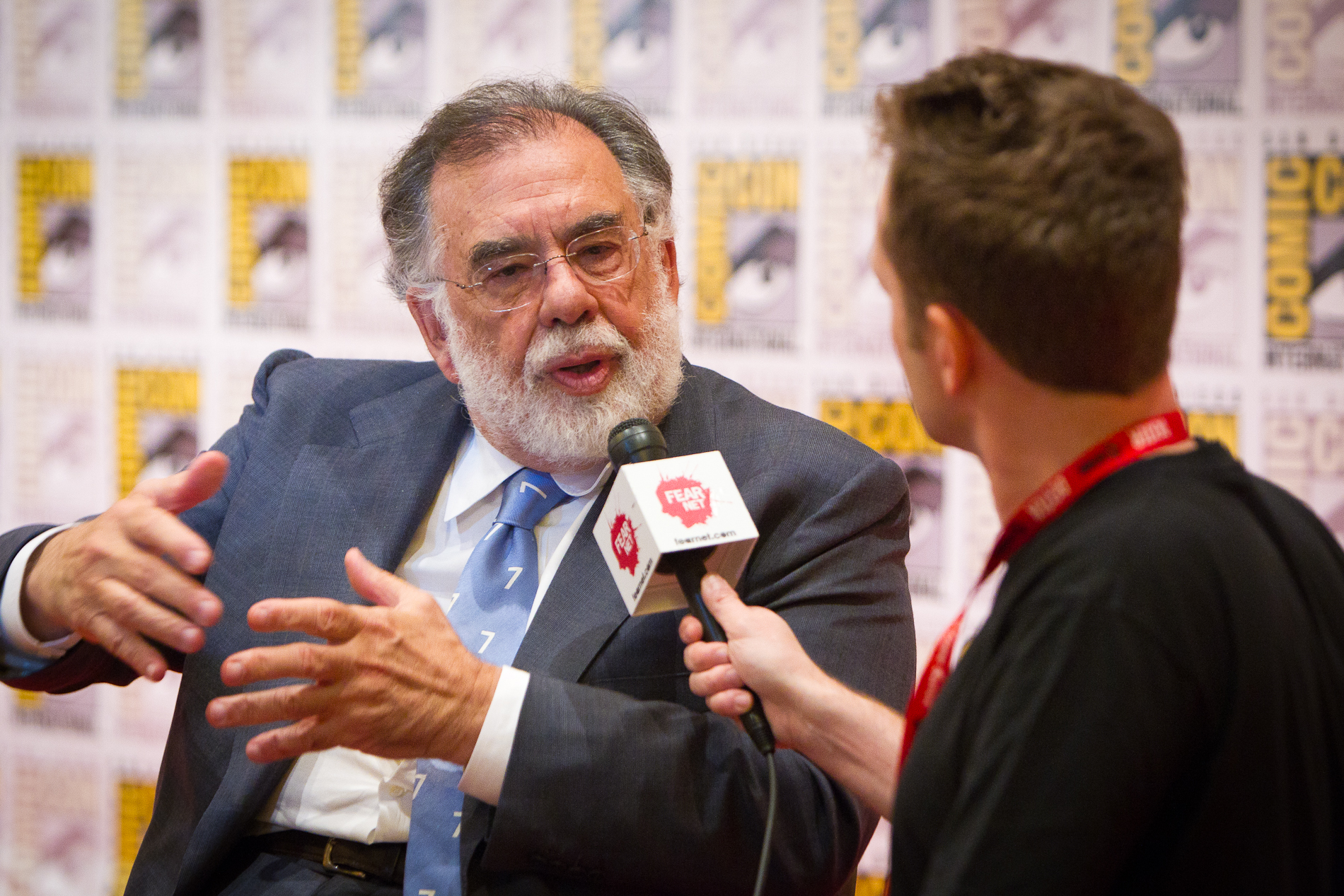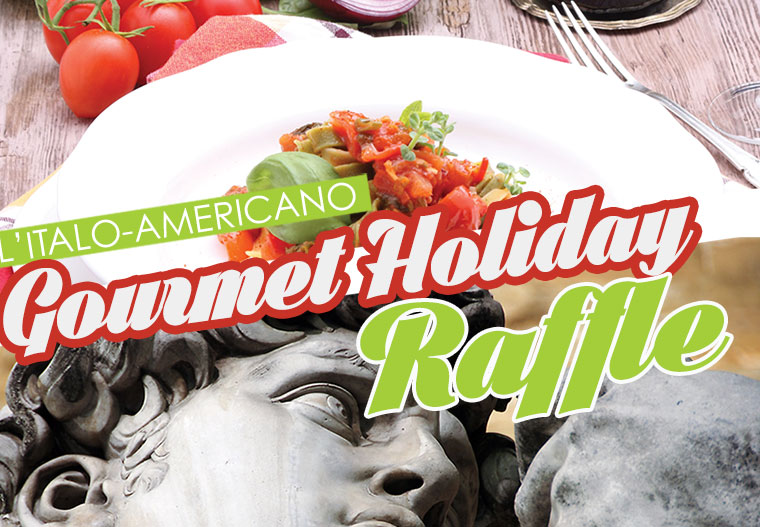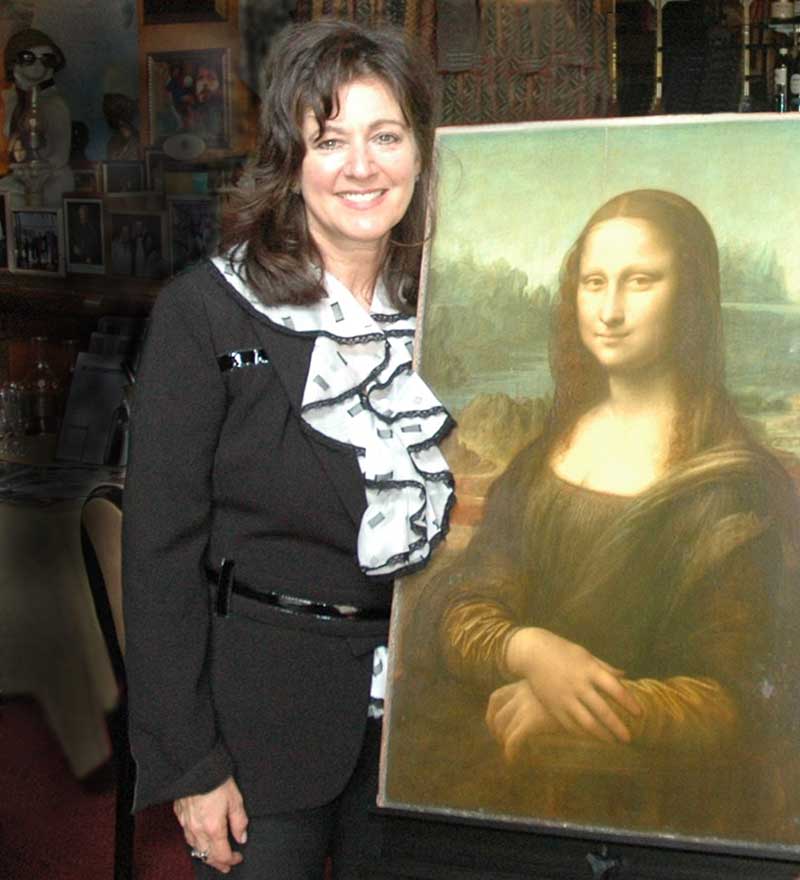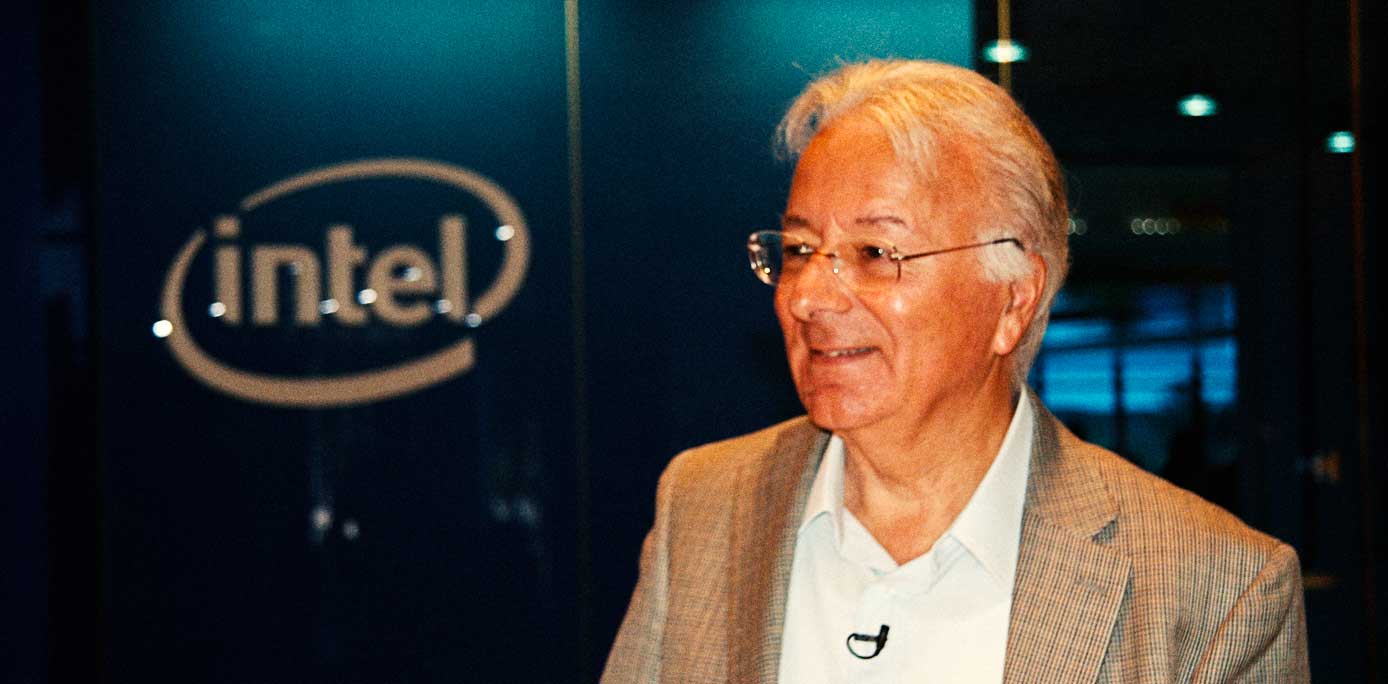The evening of November 15, 2016 brought the San Francisco Bay Area an opportunity that could not be ignored. The opportunity presented itself when San Francisco’s Commonwealth Club, known as the nation’s premier public affairs forum, announced they would present Francis Ford Coppola in a rare public appearance, in conversation with Adam Savage at the historic Castro Theater. The event, part of the Club’s Good Lit series, was titled “The Program You Can’t Refuse.” Adam Savage is retired co-host of Discovery Channel’s “Mythbusters.”
Most of us know Coppola as one of the most influential directors of the 20th century, writer of the screenplay and director of The Godfather, a film that is universally praised as one of the greatest ever made. It won the best picture and best screenplay Oscars, subsequently followed by two successful sequels.
Coppola was born in Detroit, Michigan, to father Carmine Coppola, a musician and composer, and mother Italia. He was raised in Queens, New York. Coppola holds a B.A. in theater arts from Hofstra University and an M.F.A. in cinema from U.C.L.A. He currently owns three wineries and a lifestyle brand called Francis Ford Coppola Presents which includes films, resorts and cafes. Coppola recently announced he will open a new restaurant, called Werowocomoco, at the Virginia Dare Winery in Geyserville, featuring dining that Coppola said would be “inspired by the culinary traditions of the earliest inhabitants of North America.”
The evening program at the Castro Theater was an opportunity to hear Coppola in conversation, and L’Italo-Americano was there, as he took us behind the scenes of a legendary film and shared his extraordinary creative process. He spoke about Brando, Pacino, the casting and the filmmaking, along with the personal and professional qualities that turned the director into an American icon.
As he frequently mentions, and as he did on the evening of November 15, Coppola fondly recounts how and why he wrote the screenplay for The Godfather in San Francisco’s North Beach. The neighborhood is home to his famed bistro, Café Zoetrope, located in the historic landmark, the Sentinel Building, sometimes referred to as Coppola’s Cupola.
The audience burst into applause when Coppola stated, “I did most of my work on The Godfather at Caffe Trieste in North Beach next to the phone booth. It was fun to be there with all the Italians being there. It’s one reason why we all liked being there, moving to San Francisco from Los Angeles. Myself and my colleagues wanted to have a little La Bohome going on, being in and working in the cafe. I would sit there, type and use all my colored pens and go through each section.”
This was the time he noted every idea that popped into his head into a notebook. This treasured notebook was recently published as a book titled, The Godfather Notebook. The book isthe reproduction of the working notebook Coppola used during the making of the 1972 film. During their conversation, Savage noted, referring to the notebook, “It feels, looking through it, like I’m walking through your mind as the movie is developing in your head.”
The director’s “making of” binder takes readers behind the scenes. In a statement announcing the project, Coppola said, “This notebook was my private work reference to The Godfather film, and after many years, I’m excited to share it with those who may be interested. It is the key to understanding what went into making the film from Mario Puzo’s novel.” The 720-page book features Coppola’s handwritten notes on the production and his thoughts on the movie, offering an unprecedented look into the film’s creative process. The book is illustrated with rare and never-before-seen photos of the making of The Godfather. A deluxe $250 limited edition version is offered that is a faithful reproduction of the original three-ring binder and includes additional ephemera. The regular edition retails $50. Both versions went on sale November 15.
How did this six-time Academy Award-winning screenwriter, director, and producer translate a bestselling novel into a cinematic masterpiece? Coppola offered insight into how he crafted the film. He shared how he underwent the often contentious creative process in order to adapt Puzo’s book to a screenplay.
Coppola discussed at length some of the challenges he faced along the way, including the difficult process of convincing studio executives that Al Pacino and Marlon Brando were the best choices for starring roles. Apparently, it was not an easy task. The now seemingly obvious choice of Al Pacino was actually met with considerable resistance and L’Italo-Americano will share more of that story in Part Two of this article.
At one point during the evening, Coppola asked if it would be possible to have the house lights turned up so he could see the people he was talking to. He then explained how a director he admired advised him to always sit next to the camera during filming “so the actors can see you because they are doing it for you.” Coppola said, “So, I’m doing this for you so I want to see you.” The audience burst into applause, something often repeated throughout the evening.
Francis Ford Coppola on a stage in conversation was indeed an evening we will not soon forget.
In an upcoming issue, L’Italo-Americano will continue the article with Part Two of “The Program You Can’t Refuse” and will explore Coppola’s San Francisco connections and why he has such a fondness for the Bay Area.
































